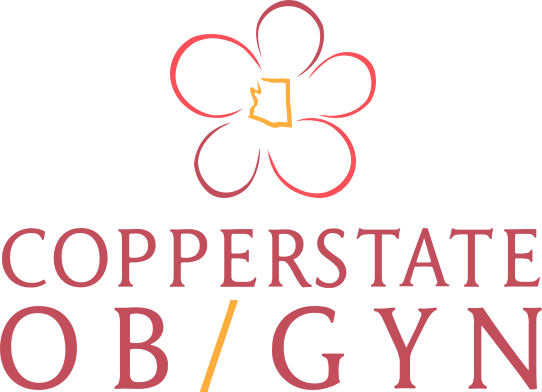If you’ve noticed some redness, pain, or swelling near a lump on your breast while you’re breastfeeding, you may have a clogged milk duct. It can be concerning, but there’s no reason to fear. Clogged ducts can usually be treated at home.
Of course, sometimes symptoms persist until they become something more serious like mastitis. Here’s what to know about blocked milk ducts and clogged milk duct relief.
Clogged Milk Duct Symptoms
Plugged, clogged, or blocked milk ducts occur when a milk duct gets blocked or has poor drainage. This can happen for a variety of reasons. When you have a clogged milk duct, it’ll probably just affect one breast. You’ll notice:
- A lump in your breast
- Pain or swelling near the lump
- Discomfort during feeding or pumping
- A blister, or bleb, at the opening of the nipple
- Engorgement around the lump
- The lump moves over time
You may notice you have slightly less milk supply with a clogged milk duct. The milk can also appear thicker or more fatty.
If you don’t treat your clogged milk duct, your symptoms can progress to mastitis, an infection in the breast milk. Stagnant milk is a good environment for breedable bacteria. In response to the infection, you’ll notice inflammation and sometimes a fever. Some other symptoms of mastitis are:
- Breast swelling
- Redness, tenderness, warmth on the breast
- Itchy breast tissue
- Tenderness in your arm
- A small wound on the nipple or around the breast
- Fever of 101 degrees Fahrenheit or higher
- Burning or discomfort while nursing
Be sure to avoid mastitis by treating blocked milk ducts as soon as they appear, before they develop an infection. If you have already developed mastitis, you will need to see your healthcare provider for proper treatment.
Causes of Clogged Milk Ducts
Clogged ducts are common and can result from a lot of things. Luckily, most of them are preventable and all are treatable. Some causes include:
- Blebs: which look like small blisters, can clog your milk ducts and cause your breast milk to not be able to get through the ducts. The passageways through your milk ducts are narrow, and blebs can cause your milk to get stuck rather than flow freely through the ducts.
- Breast engorgement: too much breast milk can build up in your breasts, which can result in blocked milk ducts. This can happen if you don’t breastfeed often enough, wait too long between feedings, or supplement your baby’s food with formula. It can also sometimes happen when your baby begins sleeping through the night.
- Too much pressure: if you’re wearing anything that causes pressure on your nipples, that can rub on your milk ducts and cause them to clog. Some examples of this include bras that are too tight, heavy backpacks, or infant carriers that pull on your clothes to create pressure.
- Incorrect latch: one common cause of clogged milk ducts is your baby’s latch. If your baby isn’t latching well, they may not be drawing enough milk out of your nipple. If breast milk gets left behind, that can even clog the ducts.
- Overabundant milk: some women naturally produce too much milk. If that’s the case, it can lead to breast engorgement and plugged milk ducts.
How to Prevent Clogged Milk Ducts
The best way to prevent clogged milk ducts is to breastfeed your baby frequently and thoroughly. Don’t skip feedings, otherwise, you may risk breast engorgement. Change your baby’s feeding position to drain different areas of your breast. Wear comfortable clothes that aren’t too tight.
When it’s time to wean your baby, do so gradually. If you find yourself producing too much milk, you may have to express a little milk between feedings. Just be careful to not express too much, or else you’ll signal your body to keep producing breast milk.
How to Treat Clogged Milk Ducts
If you already have a clogged milk duct, have no fear. They’re easily treatable and you may even be able to take care of them at home. Here are some ways to relieve the pressure of a clogged milk duct:
- Apply heat – gently massage the clogged area while applying heat
- Breastfeed often – every one to three hours, or on-demand
- Express milk – use your hand or a breast pump to free the blockage
- Take supplements – lecithin is a supplement that may help resolve plugged milk ducts
Most of the time, clogged ducts will get smaller and disappear. Clogged milk duct relief may take a few days. If you notice your symptoms don’t go away, the lump turns red or grows in size, or you develop a fever, don’t hesitate to call your doctor.
References
–https://www.healthline.com/health/mastitis#symptoms
–https://www.verywellfamily.com/plugged-milk-ducts-causes-treatments-and-prevention-431586
–https://www.healthline.com/health/breastfeeding/clogged-milk-duct#symptoms

